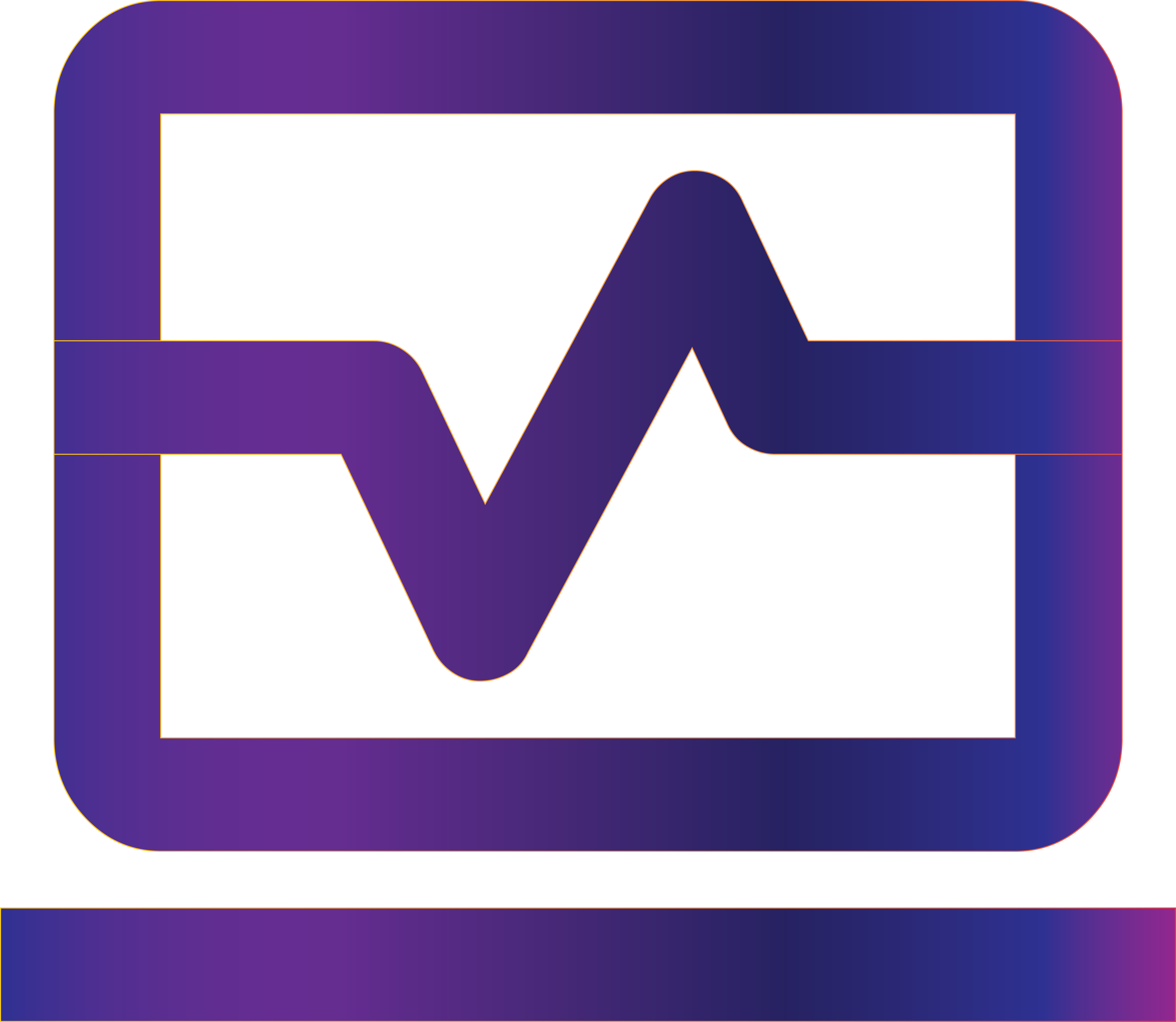
Time Tracking Best Practices for Remote Teams
Learn how to implement effective time tracking practices that boost productivity without micromanaging your remote team.
Why Time Tracking Matters for Remote Teams
Time tracking has become essential for remote teams, but it's often misunderstood. When implemented correctly, it's not about micromanagement—it's about understanding work patterns, improving productivity, and ensuring fair compensation for effort.
The Benefits of Effective Time Tracking
For Teams
- Better project estimation and planning
- Improved resource allocation
- Data-driven decision making
- Enhanced project profitability
For Employees
- Better work-life balance awareness
- Improved time management skills
- Fair compensation for overtime
- Personal productivity insights
Choosing the Right Time Tracking Method
Manual Time Tracking
Pros: High accuracy, employee control, detailed task descriptions
Cons: Time-consuming, prone to forgetting, potential for inaccuracy
Best for: Project-based work, consulting, creative tasks
Automatic Time Tracking
Pros: No manual input required, accurate data, comprehensive insights
Cons: Privacy concerns, may need manual categorization
Best for: Knowledge work, software development, regular schedules
Hybrid Approach
Pros: Combines accuracy with convenience, flexible
Cons: Requires more setup, potential complexity
Best for: Mixed work types, teams with varying needs
Implementation Best Practices
1. Start with Clear Objectives
Define why you're implementing time tracking:
- Project management and billing
- Productivity analysis and improvement
- Resource planning and allocation
- Performance evaluation support
2. Choose User-Friendly Tools
Key features to look for:
- Intuitive interface
- Cross-platform availability
- Integration with existing tools
- Flexible reporting options
- Privacy controls
3. Establish Clear Policies
Create comprehensive guidelines covering:
- What activities to track
- How to categorize different types of work
- When to start and stop tracking
- How to handle breaks and interruptions
- Privacy expectations and data usage
Common Time Tracking Challenges and Solutions
Challenge: Employee Resistance
Solution:
- Communicate the benefits clearly
- Address privacy concerns upfront
- Start with a pilot program
- Involve employees in tool selection
- Focus on productivity improvement, not surveillance
Challenge: Inaccurate Data
Solution:
- Provide thorough training
- Set up automated reminders
- Regular data quality reviews
- Use tools with smart categorization
- Implement approval workflows
Challenge: Tool Adoption
Solution:
- Choose intuitive, easy-to-use tools
- Provide comprehensive onboarding
- Offer ongoing support and training
- Create incentives for consistent use
- Lead by example from management
Advanced Time Tracking Strategies
1. Activity-Based Tracking
Track time based on specific activities rather than just projects:
- Deep work vs. collaborative work
- Creative tasks vs. administrative tasks
- Client work vs. internal projects
- Learning and development activities
2. Productivity Pattern Analysis
Use time tracking data to identify:
- Peak productivity hours
- Common interruption patterns
- Time spent on different applications
- Meeting vs. focused work ratios
3. Predictive Planning
Leverage historical data for:
- More accurate project estimates
- Better resource allocation
- Improved deadline setting
- Capacity planning
Privacy and Trust Considerations
Transparent Communication
- Explain what data is collected and why
- Share how the data will be used
- Provide access to individual tracking data
- Regular updates on program outcomes
Employee Control
- Allow manual time entry corrections
- Provide privacy modes for personal tasks
- Enable employees to categorize their own work
- Respect break and lunch periods
Data Security
- Encrypt all time tracking data
- Limit access to authorized personnel only
- Regular security audits and updates
- Clear data retention policies
Measuring Success
Key Metrics to Track
- Adoption Rate: Percentage of team using the system consistently
- Data Quality: Accuracy and completeness of time entries
- Productivity Insights: Actionable insights generated from data
- Employee Satisfaction: Feedback on the time tracking process
- Business Impact: Improved project delivery, billing accuracy, etc.
Regular Review Process
- Monthly team feedback sessions
- Quarterly system effectiveness reviews
- Annual policy and tool evaluations
- Continuous improvement based on feedback
DeskTraker's Approach to Time Tracking
DeskTraker offers a comprehensive time tracking solution designed specifically for remote teams:
Key Features
- Automatic Activity Detection: Intelligently categorizes work activities
- Privacy Controls: Employees control what data is shared
- Productivity Insights: Actionable analytics for individuals and teams
- Flexible Reporting: Customizable reports for different stakeholders
- Integration Ready: Works with popular project management tools
Benefits for Remote Teams
- Improved work-life balance awareness
- Better project estimation and planning
- Enhanced team productivity insights
- Fair and accurate time billing
- Data-driven performance conversations
Getting Started: Implementation Timeline
Week 1-2: Planning Phase
- Define objectives and success metrics
- Research and select time tracking tools
- Develop policies and procedures
- Plan communication strategy
Week 3-4: Pilot Program
- Launch with a small group of volunteers
- Gather feedback and refine processes
- Address technical issues and concerns
- Document lessons learned
Week 5-8: Full Rollout
- Company-wide announcement and training
- Ongoing support and troubleshooting
- Regular check-ins and feedback collection
- Monitor adoption and data quality
Month 3+: Optimization
- Analyze collected data for insights
- Share findings with the team
- Refine processes based on learnings
- Plan for advanced features and capabilities
Conclusion
Effective time tracking for remote teams is about finding the right balance between insights and privacy, productivity and trust. When implemented thoughtfully with clear communication and the right tools, time tracking becomes a powerful ally in building more productive, satisfied, and successful remote teams.
Ready to implement effective time tracking for your remote team? DeskTraker provides the tools and insights you need to track time ethically and effectively while building trust with your team.
Tags:
DeskTraker Team
Expert in productivity tracking and employee monitoring solutions. Helping businesses optimize their workflows and boost team performance.
